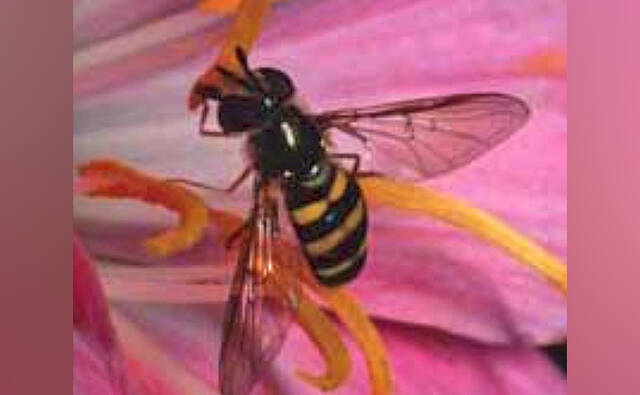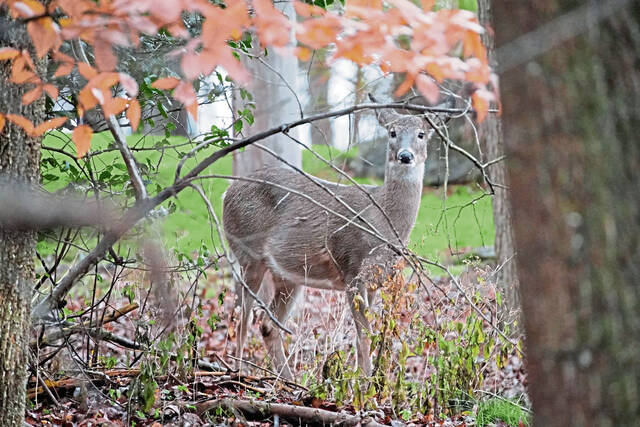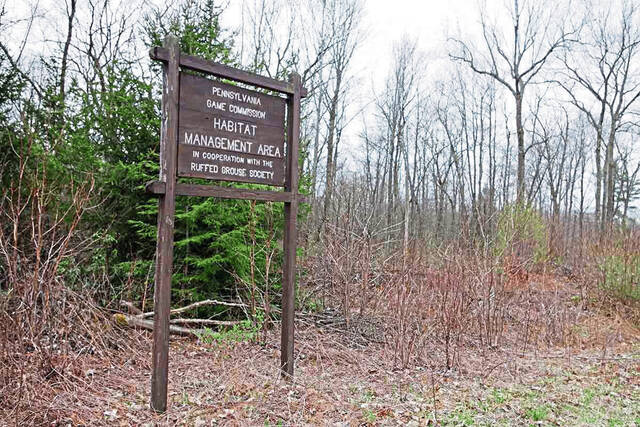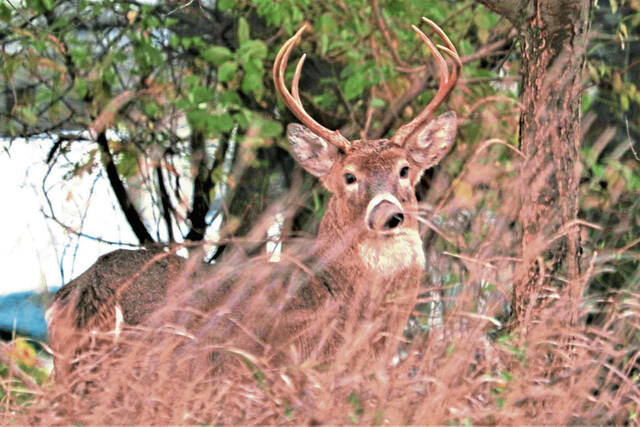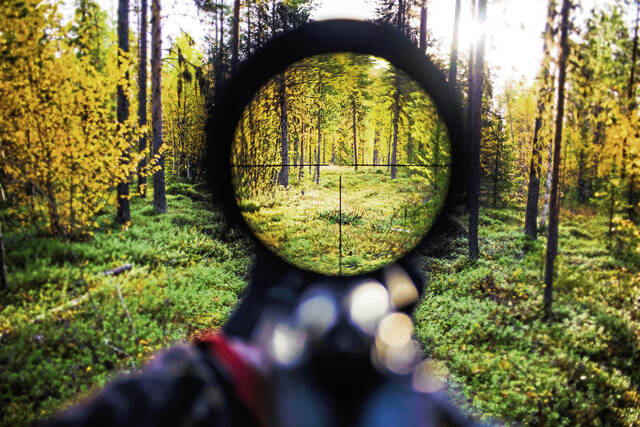The Eastern Massasauga rattler is one of the few venomous snakes native to Pennsylvania. It’s also the least likely to be spotted, because its historic range only includes parts of Butler, Clarion, Venango and Mercer counties along with a small slice of Armstrong County.
But there may be a few more of them around in years to come after state wildlife agencies use $1.2 million from the U.S. Fish & Wildlife Service to expand the snake’s habitat.
The Pennsylvania Fish & Boat Commission considers the Eastern Massasauga a critically imperiled species. The infusion of federal cash has paved the way for a partnership between the fish and boat commission, which typically monitors the health of fish and reptiles, and the state game commission, which is traditionally focused on birds and mammals.
“All the way back in 2005, the game commission was doing some really good Massasauga habitat work,” said Scott Bearer, the game commission’s chief land manager. “In 2010 we really ramped it up and started doing significant land management. We don’t usually invest a lot of time and energy outside of birds or mammals, however, the habitat work we’re doing here is going to benefit the Massasauga as well as other animals.”
The bulk of the grant was used to buy property that will expand existing state game lands within the snake’s natural range in northwest Pa.
Game commission spokesman Travis Lau would not identify a specific location because it involves an endangered species.
“The idea is that they can have an area to live their lives free of pressure from things like residential development,” Lau said.
In order to help boost the Eastern Massasauga’s numbers, Bearer said both commissions will be doing several controlled burns in what he called “old-field pollinator habitat.”
“Right now we’re managing 360 acres of this particular game land to create more healthy old-field and meadow habitats,” he said. “On this game land there’s been two distinct, isolated sub-populations of Massasauga, and right now we’re targeting a roughly 40-acre habitat project that will reconnect those two populations.”
In addition to the natural renewal cycle that a small-scale meadow fire triggers, it also helps eliminate invasive species.
“It restores native prairie species,” Bearer said. “You’re releasing those seeds and allowing a healthier, native, more-diverse suite of species to come in and regenerate in that spot.”



